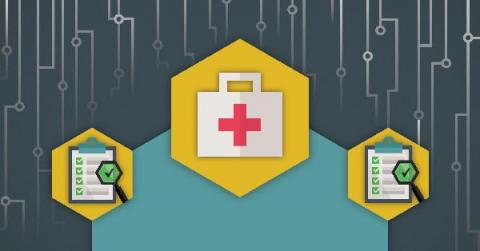Automating Vendor Risk Management
Modern supply chains are highly interconnected and complex. Today’s organizations leverage numerous third-party relationships to cut costs, speed up operations, and scale their businesses. But along with these benefits, organizations have to contend with the risks, particularly cybersecurity risks. One study found that in 2020, 44% of businesses suffered a data breach caused by a third party, and a data breach can cost $3.92 million on average.






